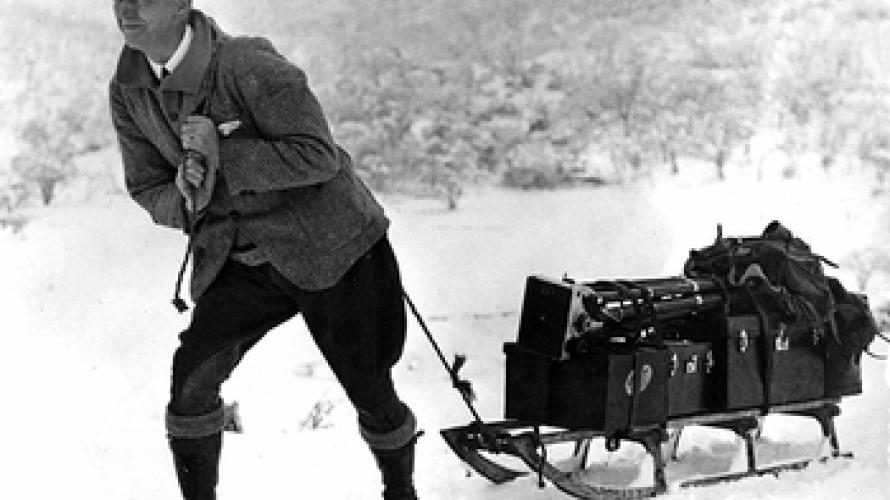
 Jenna Caplette migrated from California to Montana in the early 1970s, first living on the Crow Indian reservation. A Healing Arts Practitioner, she owns Bozeman BodyTalk & Integrative Healthcare. She says, " Health is resiliency, a zest for the journey. It’s about coming awake to the joy of being alive. As a practitioner, its a privilege to facilitate that healing process, to help weave new patterns of health & well-being. “ And by the way, healthier, happier people help create a healthier, happier world.
Jenna Caplette migrated from California to Montana in the early 1970s, first living on the Crow Indian reservation. A Healing Arts Practitioner, she owns Bozeman BodyTalk & Integrative Healthcare. She says, " Health is resiliency, a zest for the journey. It’s about coming awake to the joy of being alive. As a practitioner, its a privilege to facilitate that healing process, to help weave new patterns of health & well-being. “ And by the way, healthier, happier people help create a healthier, happier world.
The magic of sunlight sparkling on new fallen snow transforms the Montana outdoors, enticing us to explore. Made up of tiny ice crystals, as snow warms it goes through various stages of “snow-ness,” from the dry, cold “smoke” skiers love, to hard-to-shovel, heavy, wet “mashed potato” snow, to messy slush and water.
Any of those forms can ruin digital imaging equipment. F-11’s Marsha Phillips explains, “As everyone knows, water and electricity don’t mix. Digital cameras are all electronic. When water evaporates it condenses to the computer boards.”
To prevent damage to your equipment, choose a water and weatherproof bag that has with padded compartments to protect your camera from bumps. Be sure that your bag of choice has a built-in weatherproof cover for a simple and efficient way to keep the day’s powder out of your gear if you fall in a drift, or are caught by an unexpected snow flurry.
The most popular types of bags for outdoor excursions are fanny packs and backpacks. Swing a fanny pack forward, unzip it, and it’s easy to get to your camera or a lens because it doesn’t restrict the movement of your arms and shoulders. A backpack is more difficult to access but it also carries more gear. Since it‘s a good idea to carry extra clothes to be sure you can keep yourself warm and dry, a backpack may be best for longer winter outings. Many include a place to vertically attach your tripod so it won’t get smacked in to trees or rocks as you bushwhack.
Create a first aid kit for your gear. Phillips recommend including zip lock bags, a ground cloth of some kind, a light pair of running or BMX gloves, and a microfiber towel. Storing things in zip lock bags will help keep them dry. The ground cloth comes in handy if you need to spread out your gear to locate essential accessories or dry something off. Gloves with rubber grips prevent the “whoops” of dropping something in to a snowdrift. If you do drop something – your camera, a lens – immediately dry it off with the microfiber towel and you may save it from water damage, or outright ruin.
Also include a packet of Rainsleeves™ to keep your camera dry while shooting an image if it begins to snow, or rain. Brilliantly simple, these clear, plastic sleeves protect your camera and lens, and will even work when you’re using a tripod. Made by Op/Tech USA®, a Belgrade company, a package of two costs only $6.95 (still true?)– an incredible bargain
Cold saps batteries so have extras on hand. When you get ready to head out, put these in a pocket, next to your body, where they will stay warm. Bring extra memory cards as well, protected by something to keep them both clean and dry — a wet card can damage your camera and your card reader.
Phillips recommends two filters that will greatly improve the quality of your winter images. First, a polarizer filter minimizes snow glare and makes clear winter skies pop. A high quality UV filter will protect your lens from the weather and reduce excessive blue at high elevations.
Now, when you have that chance for the shot you want, your equipment will be ready to work with you. Enjoy yourself and good luck capturing the magic!
